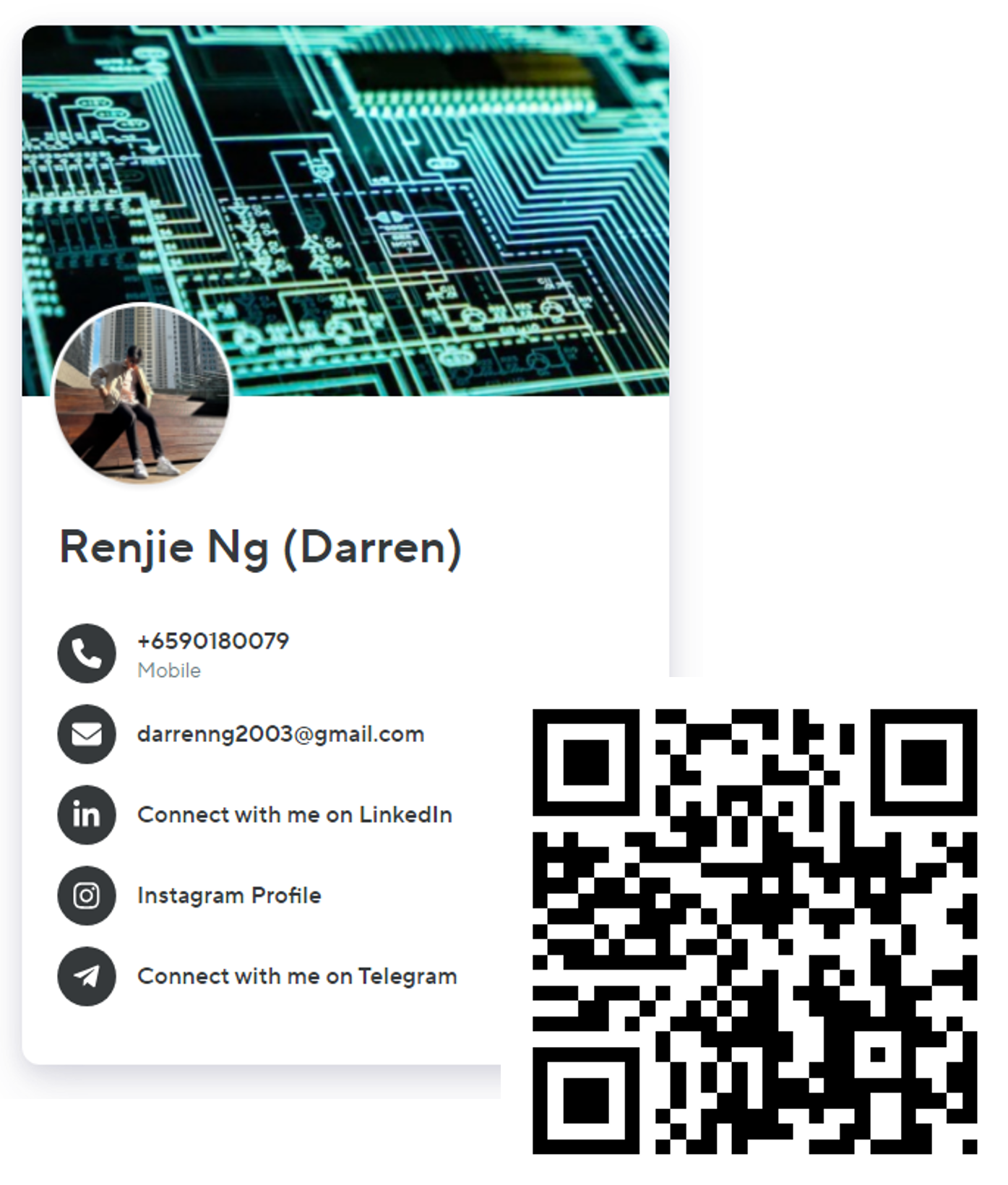Students
FONG WEI HUNG, NG RENJIE


Supervisor
Tan Sio Poh (Mr)
Industry Partner
Singapore Navy
Military communication relies heavily on digital technology, but in critical situations, traditional Morse code can be a vital backup. For example, in the Navy, messages are transmitted using morse code through flashing lights. But translating Morse code in this way can be slow and error prone, especially in high-pressure wartime situations.
MorseLingo aims to solve this problem. A proof-of-concept system was designed to automatically translate Morse code signals sent using blinking lights. MorseLingo works by analyzing a video recording of the light signal. It uses image processing techniques (OpenCV) to detect light flashes and measure their duration, determining whether they represent dots or dashes. This pattern is then translated into standard Morse code. MorseLingo has the potential to streamline communication in critical situations, reducing errors and enhancing the effectiveness of military operations when other communication channels are unavailable.
FONG WEI HUNG, NG RENJIE


Tan Sio Poh (Mr)
Singapore Navy